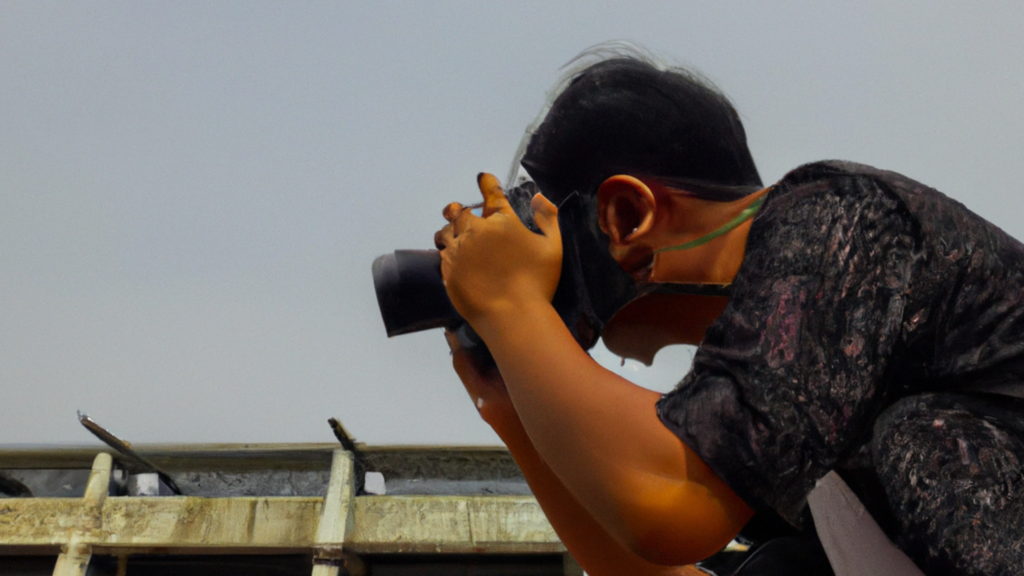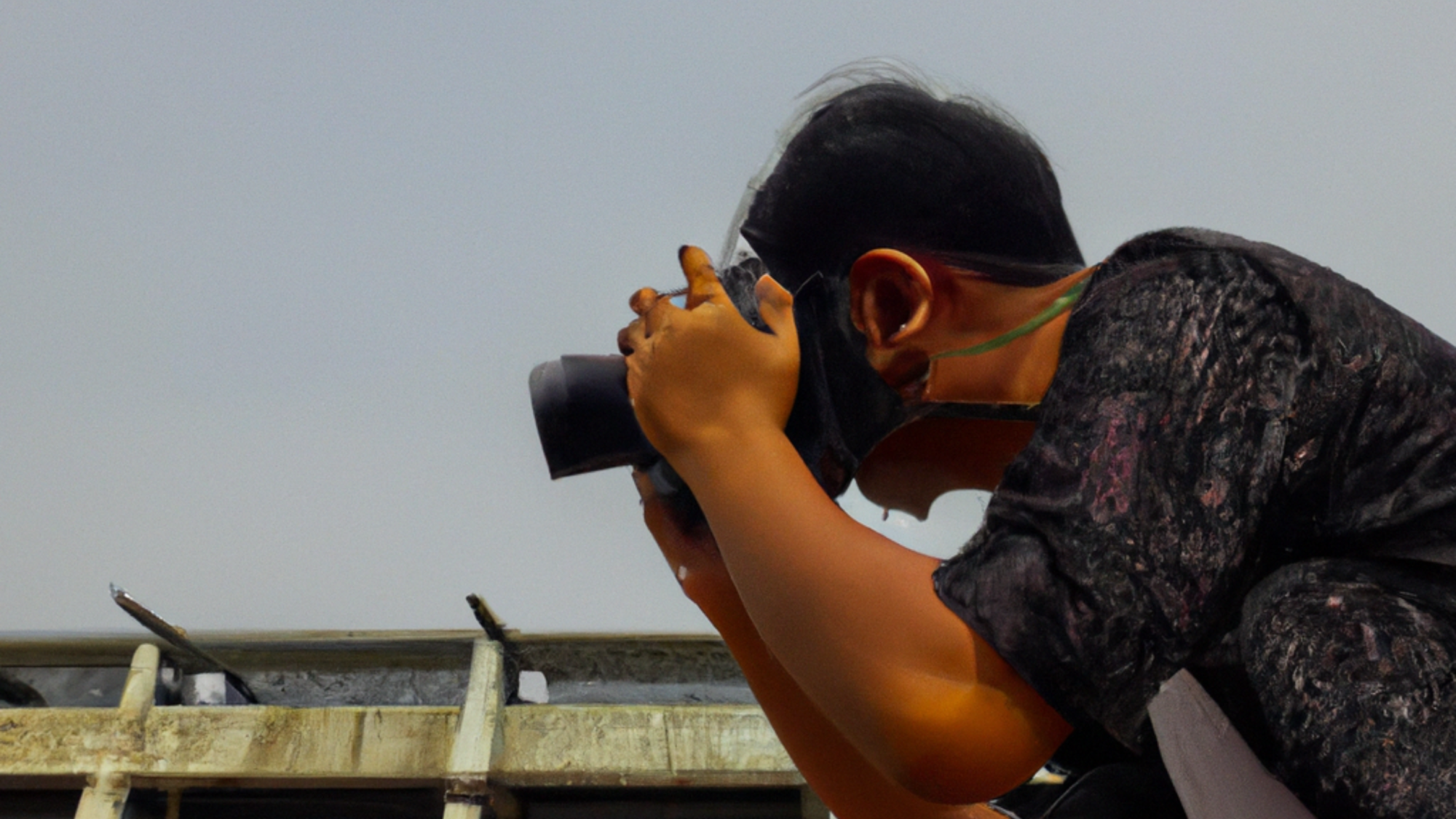
Street photography is more than just a style—it’s a way of seeing the world through a candid lens, capturing unplanned, raw moments that tell real stories. Whether you’re new to photography or a seasoned pro, street photography is an exciting genre to explore. From bustling city streets to quiet corners, there’s always something waiting to be captured.
In this post, we’ll dive into the essence of street photography, how to get started, and what gear can elevate your craft without overwhelming you with technical jargon.
What Is Street Photography?
Street photography focuses on capturing spontaneous moments in public places. It can feature people, buildings, or even just shadows and light playing off everyday objects. What sets street photography apart from other genres is its ability to freeze moments that reflect human emotions, relationships, and daily life, often without staging.
Photographers who excel in this field have a knack for observing their environment and anticipating scenes that might unfold—whether it’s a fleeting expression on a passerby’s face or an unexpected interaction between strangers.
Why Street Photography?
If you’re new to photography or looking to expand your skills, street photography is an excellent place to start for several reasons:
- Minimal Gear Requirements: Unlike other photography niches, street photography doesn’t require a studio, lights, or a ton of gear. All you need is a camera (even a smartphone works for beginners), a good eye, and patience.
- Easy Access: You don’t have to travel far or wait for the perfect lighting. The streets are always open for exploration, and they’re full of opportunities.
- Creative Freedom: Street photography allows you to experiment with composition, light, and angles. There’s no pressure for perfection, as the beauty lies in its unpredictability.
Tips for Getting Started
Before diving into gear recommendations, let’s cover some essential tips to help you feel more confident on the streets.
- Be Discreet but Respectful: Some of the best street shots are candid. To capture these, you need to blend into the environment. Wearing neutral colors and acting natural while shooting helps you go unnoticed.
- Know Your Settings: While technical skills aren’t everything, it’s good to have a basic understanding of your camera settings. In street photography, speed is key, so shooting in Aperture Priority (or Shutter Priority if you’re focused on movement) can help you act quickly.
- Capture the Moment, Not Perfection: Street photography is about the story, not technical perfection. Don’t worry too much about perfect focus or exposure—sometimes, the slight imperfections add to the charm of the image.
- Get Close: Famed street photographer Robert Capa once said, “If your pictures aren’t good enough, you’re not close enough.” This doesn’t necessarily mean invading personal space, but being closer to your subject can help create more impactful images.
- Observe First, Shoot Second: The key to great street photography is patience. Spend some time observing your surroundings and anticipate the right moment to press the shutter.
What Camera Gear Do You Need for Street Photography?
When choosing a camera for street photography, portability, discretion, and versatility are crucial. The last thing you want is to stand out with a bulky DSLR that might intimidate people or weigh you down.
Here are some popular options across different levels of expertise:
1. For Beginners: Point-and-Shoot Cameras
Point-and-shoot cameras are excellent for beginners due to their simplicity and compact size. They’re also less likely to draw attention, which is crucial when you’re trying to capture candid moments.
Recommended Cameras:
- Canon PowerShot G7 X Mark III: Compact, fast autofocus, and great for low light. Perfect for someone just starting.
- Sony RX100 VII: Lightweight with excellent image quality and zoom flexibility, this camera is ideal for novice street photographers looking for premium features.
2. For Intermediate Photographers: Mirrorless Cameras
Mirrorless cameras strike a balance between portability and performance, making them the go-to for street photographers who want more control over their images without carrying a heavy DSLR.
Recommended Cameras:
- Fujifilm X100VI: Known for its vintage design and top-notch image quality, the X100V is a favorite among street photographers. Its fixed 23mm lens encourages you to get close to your subjects.
- Sony Alpha a6400: Fast autofocus and excellent image quality in a compact body. It also offers 4K video recording, which can be a plus if you want to venture into street videography.
3. For Pros: Rangefinder or High-End Mirrorless Cameras
If you’re a seasoned pro or an enthusiast looking for the absolute best, a high-end mirrorless or rangefinder camera may be more up your alley. These offer the ultimate control and the highest image quality.
Recommended Cameras:
- Leica Q2: Street photographers swear by Leica for a reason. The Q2’s full-frame sensor, fast lens, and discreet design make it ideal for professionals looking to invest in a lifetime camera.
- Sony Alpha 7C: Full-frame quality in a small body. The a7C gives you the power of the full-frame Alpha series with a compact form factor perfect for the streets.
Accessories to Enhance Your Street Photography
While cameras are essential, a few accessories can make your street photography sessions smoother.
- Camera Strap: A discreet, comfortable strap like the Peak Design Slide Lite will help you carry your camera without drawing too much attention.
- Extra Batteries: Street photography can take hours, so always have a spare battery, especially for mirrorless cameras.
- Lightweight Tripod: While not always necessary, a mini tripod can be helpful for night shots or street portraits. The Joby GorillaPod is a good, flexible option.
Post-Processing: Keep It Real
When editing street photos, less is often more. The goal is to retain the authenticity of the moment. A bit of color correction, contrast adjustment, or cropping is fine, but over-editing can make a candid photo feel artificial.
Some popular editing tools that street photographers use:
- Adobe Lightroom: Ideal for beginners and pros alike, it offers comprehensive control over color, exposure, and cropping.
- VSCO: For a quick edit on your smartphone, VSCO offers filters that enhance your photos without making them look over-processed.
Conclusion: Shoot with Your Heart
Street photography isn’t just about capturing an image; it’s about telling a story. Whether you’re using a compact point-and-shoot or a high-end mirrorless camera, the most important tool you have is your passion. The streets are full of untold stories—go out there and start capturing them!
Liked this post? Check out some of our others:
The Best Setup for Sports Camera Operators and Action Photographers
Top Tips and Gear for Twitch Streamers

